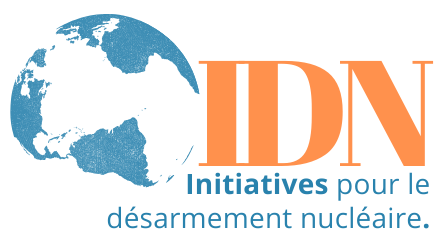La destruction d’un bombardier russe par l’aviation turque vient confirmer la dangerosité des relations entre l’OTAN et la Russie.
Le risque de voir se développer des incidents de cette gravité avait amené ELN à organiser une réflexion, qui s’est traduite le 26 août 2015 par une déclaration signée par 14 anciens responsables de pays européens, dont Paul Quilès.
L’analyse et les recommandations de ce texte apparaissent aujourd’hui plus pertinentes que jamais. Il y a urgence, comme le dit un article du quotidien britannique The Times à ce que « la Russie et l’OTAN apprennent à combattre ensemble l’EI et non pas à se combattre » (voir ci-après).
Russia and Nato must learn how to fight Isis, not each other
The destruction of a Russian fighter by Turkish warplanes has highlighted how perilous the world has become. This will not of course be news to the relatives of the 300,000 Syrians who have been killed over the past four years, nor the many millions who have been displaced from their homes.
By pitting a Nato country against an increasingly provocative Russia, the incident has prompted fears that miscalculation and brinkmanship could spark a war stretching well beyond the Middle East. Certainly the risks will have to be factored into the looming decision to send British Tornados into combat over Syria. That mission is a necessary one, but it will not be without danger for the pilots and the country.
The stand-off could turn into the first Nato-Russian military confrontation since the end of the Cold War. But for the time being it seems that Ankara and Moscow are striving to avoid any further escalation. Turkey has chosen not to activate Nato’s collective defence clause despite the violation of its airspace. And so far President Putin’s aggression has been chiefly verbal, accusing Turkey of being an accomplice of terrorists and “stabbing in the back” those waging a war on Islamic State.
At the heart of the crisis is the toxic relationship between Russia and its client dictator, President Assad. The Russian leader has been simulating a fight against Isis while actually bombing opponents of the Assad regime. His concern is that other rebel groups will fill the vacuum left when Isis is beaten back and that they will mount an assault on Assad’s heartland. Russian aircraft have been bombing the Turkmen Brigade because Moscow sees it as a puppet of Turkey, which is determined to oust the Syrian leader. Yet the Turkmens have never posed a serious threat to Assad’s forces. They are being crushed to make a political point.
This use of military muscle for political ends has been a hallmark of the Putin years and has been particularly evident since the annexation of Crimea last year. Russian behaviour in Turkish airspace — it has been a repeated intruder over the past weeks — is a stepped-up version of what has been happening across Nato territory, testing air defences of the alliance. Russia is now proposing a joint command with Nato countries in their anti-Isis bombing campaign. Superficially this seems to be a conciliatory move. In fact it is an attempt to divide the campaign into operational sectors, giving them free hand to pursue targets other than Isis. Its overriding aim is to keep Assad in power.
After its fighter jet was shot down on Tuesday, Moscow announced that it would be sending new surface-to-air missiles to its airbase outside Latakia. This was not a move to defeat the jihadists: Isis has no planes to shoot down. Rather Moscow wants to deny the Turks their dream of a no-fly zone. It is a ploy for influence over the future of Syria.
Reducing the risk of an accidental war in crowded skies is feasible. The European Leadership Network, a platform for dozens of former defence and foreign ministers from East and West, has set out common procedures for close aerial encounters. These should be adopted to ease tension not only in Syria but for all potential flashpoints between Nato and Russia. Sadly though, no amount of preparatory clearance will prevent Mr Putin from pursuing mischievous aims.
